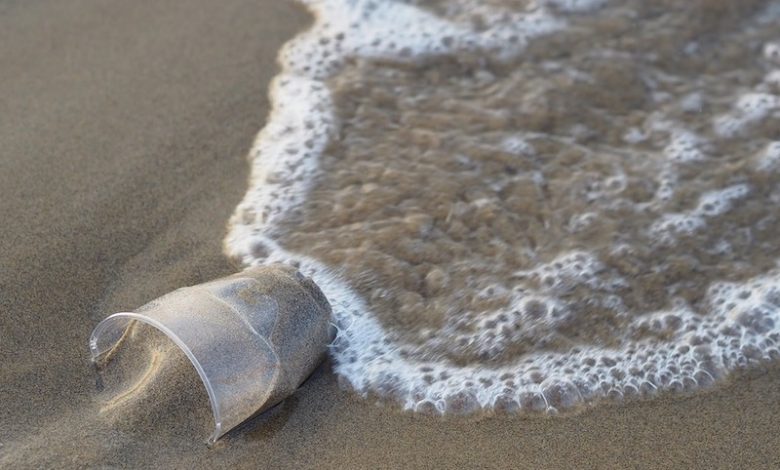Microplastics fished out at sea turned into energy

Japan’s largest shipping line, Mitsui OSK Lines (MOL), has detailed how the microplastics fished out of the sea via a special device on one of its woodchip carriers have been converted into energy products not dissimilar to wood pellets.
MOL’s microplastic collection device, in operation for the past 12 months, is activated during operation of the ballast water treatment system, with the assumption that collection takes place during cargo handling operations. Using a filter with a backwashing function, which constitutes the ballast water treatment system, the device collects microplastics trapped in the filter right before the treated water is discharged overboard.
The total weight of marine plastic waste is on track to exceed the total number of marine organisms by 2050
MOL has been working with Japanese biological R&D venture Novelgen to turn the microplastics and microalgae collected into carbon products.
Microplastics and microalgae are mixed and heated to 300oC to decompose the organic matter and produce carbon products. When the carbon product gained through this demonstration test was subjected to calorific value analysis, the results showed a calorific value on the same levels as wood pellets.
“The success of this demonstration shows the potential use of microplastics as an energy resource, and could encourage the collection of microplastics from the ocean to increase production of carbon materials and in turn expand the energy supply,” MOL stated in a release today.
According to the World Economic Forum, as much as 8m tonnes of plastic is dumped into the world’s oceans every year, and if this situation continues, it is predicted that the total weight of marine plastic waste will exceed the total number of marine organisms by 2050.
